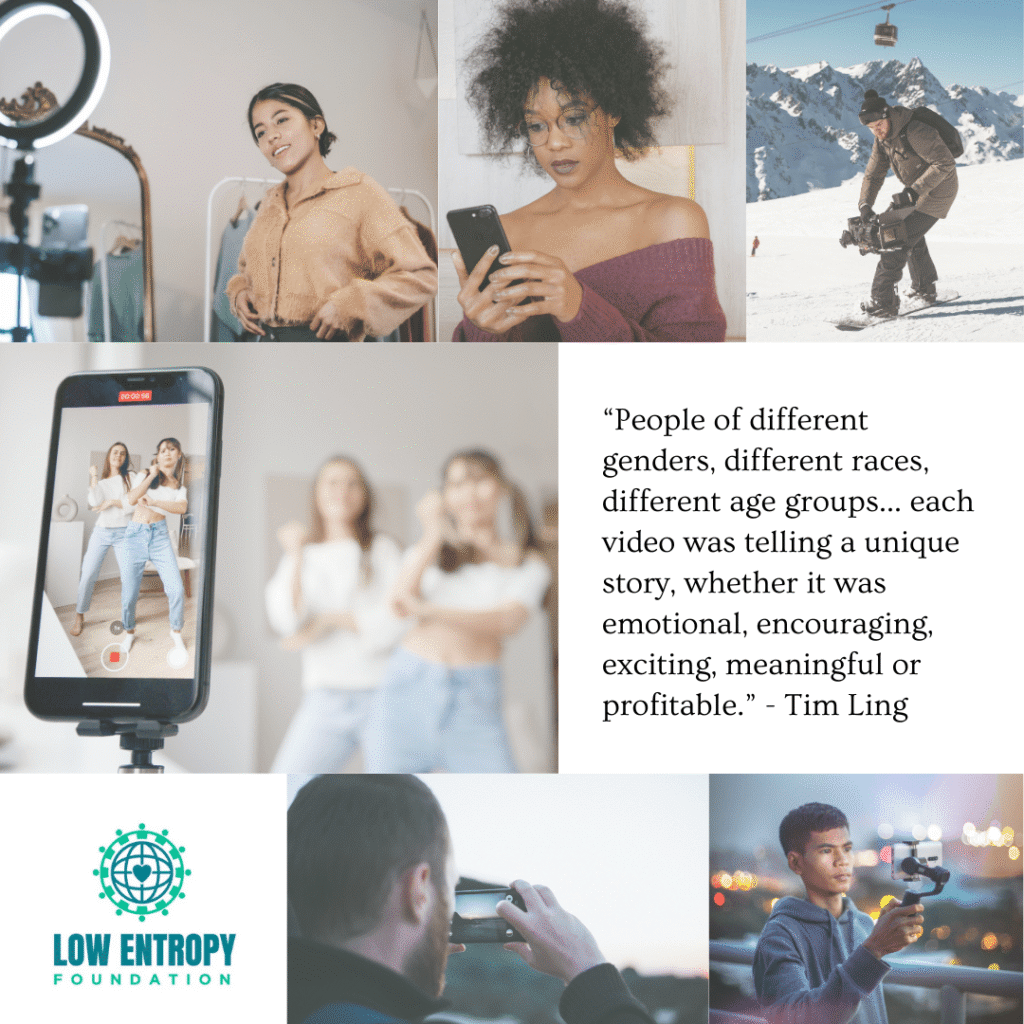Me and TikTok

For Low Entropy Volunteer Writer Tim Ling, TikTok is not just the hottest app on his smartphone. No, it’s far more than that: TikTok is a global phenomenon that galvanizes Tim’s faith in humanity. What is emotional intelligence? I’ve asked myself this question ever since I got the topic from Low Entropy. This phrase […]
